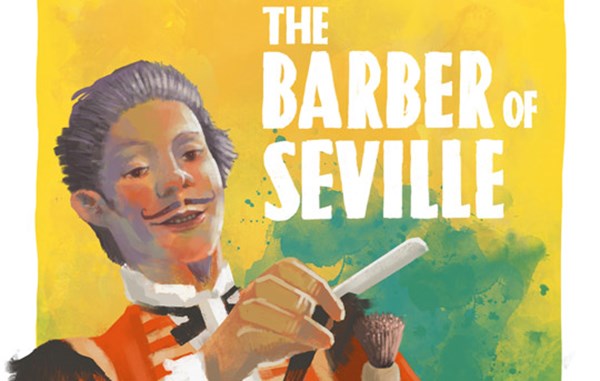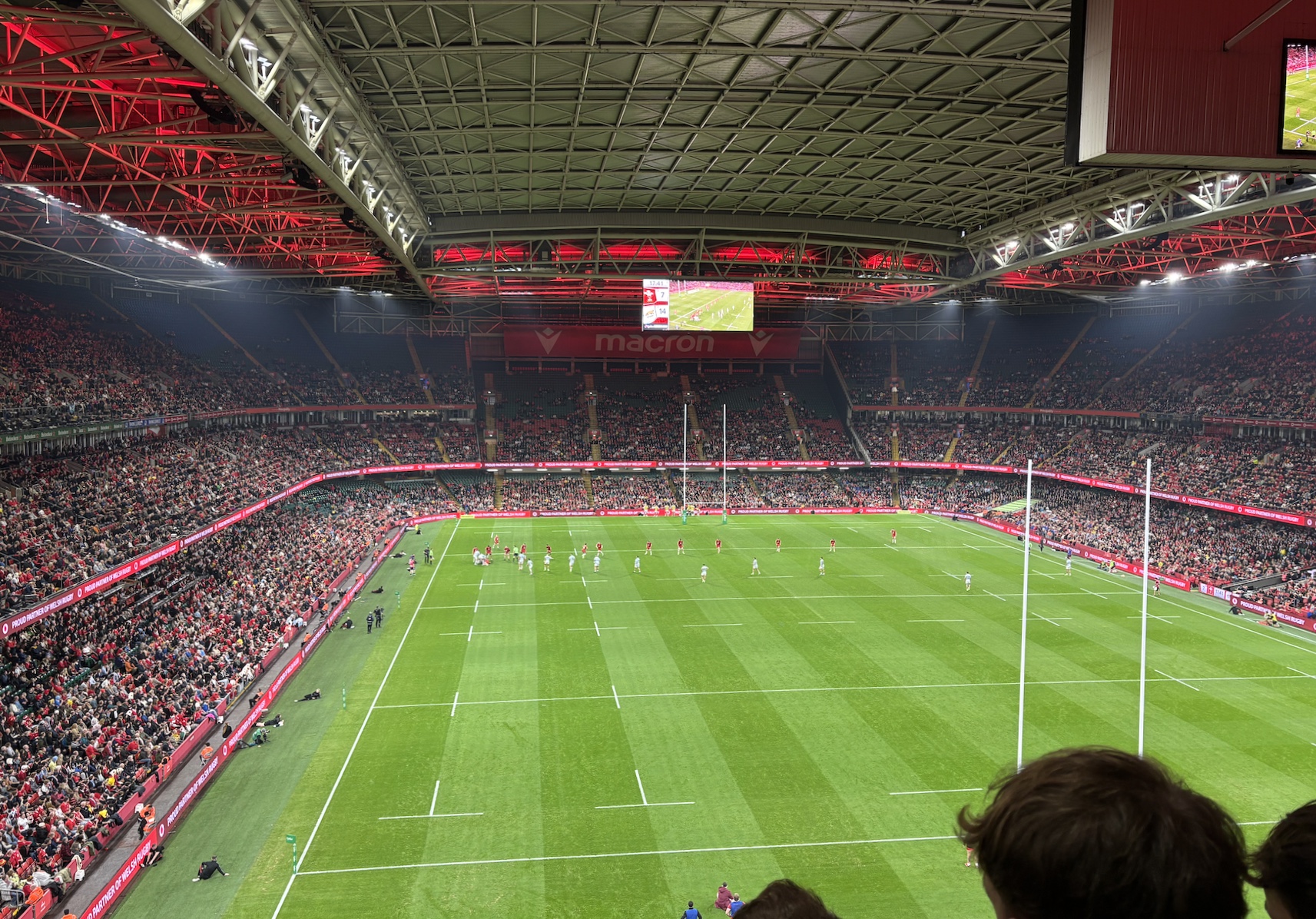ÔÿàÔÿàÔÿàÔÿåÔÿå
by Andrea Gaini
Rossini’s The Barber of Seville is one of the wittiest and most entertaining operas in history. Its rhythmed music and comical libretto give life to the story of Count Almaviva and his love for Rosina.
The plot is a quite entangled and complicated one, made of trickeries, undelivered and lost letters, serenades, a barber, and a happy ending.
 The Swansea City Opera’s representation is a fair one. The depiction of characters is trustful to the original, while the staging, acting and interpretation of the libretto are amusing and funny. The actors move around the stage with great confidence and demonstrate an all-round understanding of the nature of their characters. The choreography, despite its simplicity, adds up to the comical personality of the opera alimenting the interconnection between the singing and the acting.
The Swansea City Opera’s representation is a fair one. The depiction of characters is trustful to the original, while the staging, acting and interpretation of the libretto are amusing and funny. The actors move around the stage with great confidence and demonstrate an all-round understanding of the nature of their characters. The choreography, despite its simplicity, adds up to the comical personality of the opera alimenting the interconnection between the singing and the acting.
This opera, because of the way it was imagined, leaves a lot of space for creativity, in terms of setting. Therefore, the basic and cartoonist depiction of the city is a valid scenery for the performance.
Unfortunately, the same cannot be said for the singing. Rossini’s work is a very difficult one which cannot be underestimated. While the acting and staging were on-point, the singing was often lacking energy and accuracy. H├Ñkan Vramsmo was a solid barber and surely the best singer together with Rosina (Annabella Ellis), while never really impressing with their voices. On the other hand, the rest of the cast was quite weak on agility and power, two essential elements in Rossini’s writings.
The performance as a whole was good enough, maintaining a decent energy and the ludicrous of the opera while entertaining the audience with the sharp humour of the actors. The interpretation certainly made it up for the singing insufficiencies and succeeded in preserving the enjoyability of the show.





